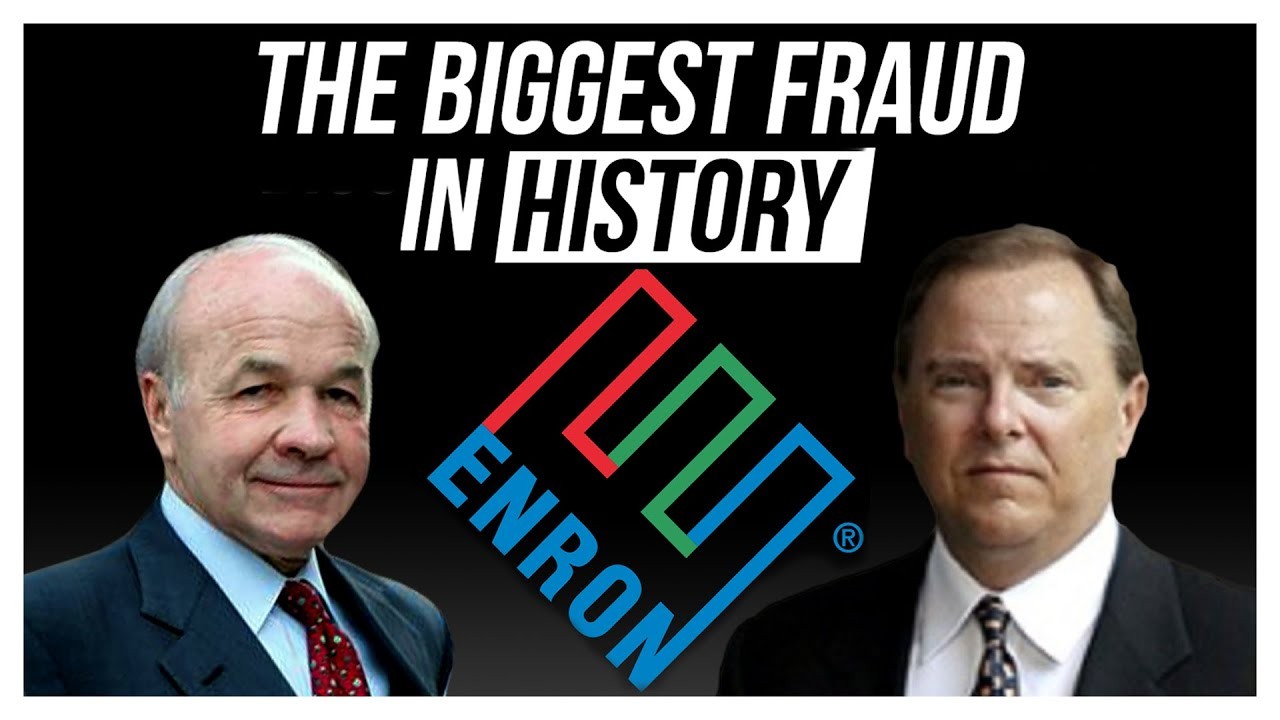The Enron scandal remains one of the most infamous cases of corporate fraud in modern history. Once a symbol of innovation and explosive growth, Enron’s collapse not only ruined thousands of careers and shattered employee pensions, but it also reshaped financial regulations worldwide. In this article, we explore what happened at Enron, uncover the techniques used to perpetrate the fraud, discuss the red flags that can help you spot similar scams today, and offer practical measures for online users to protect themselves.
What Was the Enron Scandal?
Enron was a Houston-based energy giant that, in the late 1990s and early 2000s, used deceptive accounting practices to hide billions of dollars in debt and inflate its profits. By employing techniques such as mark-to-market accounting and the use of special-purpose entities (SPEs), Enron misled investors, analysts, and regulators about its true financial health. When the fraud was finally exposed in 2001, Enron filed for bankruptcy—at that time the largest in U.S. history—and its collapse led to widespread legal and regulatory reforms.
How Did Enron Execute Its Fraudulent Scheme?
1. Aggressive Accounting Methods
Enron’s executives adopted mark-to-market accounting to estimate future profits from long-term contracts as if they were current gains. This method allowed the company to book enormous profits upfront—even when actual cash flows did not support those figures.
2. Special-Purpose Entities (SPEs)
To hide its mounting debt, Enron created hundreds of SPEs. These off-balance-sheet entities were used to shift liabilities away from the company’s books, giving the false impression of robust financial health.
3. Information Asymmetry
A significant element of the scam was the lack of transparency between Enron’s management and its investors. Executives exploited their privileged position to manipulate financial disclosures while privately selling stock before the collapse.
Red Flags: How to Spot a Scam Like Enron
Although Enron was a corporate-level fraud, many of the tactics it employed can be applied to detect similar scams today. Here are key red flags to watch for:
1. Overly Complex Financial Reports
- Opaque Disclosures: Beware of companies that use excessively complicated financial statements to mask true performance.
- Unusual Accounting Practices: Practices like mark-to-market accounting can be legitimate in some industries, but if they are used to justify sky-high profits that aren’t backed by cash flow, caution is warranted.
2. Off-Balance-Sheet Entities
- Special-Purpose Entities: Frequent use of SPEs may be a method to hide liabilities. Scrutinize financial statements for any off-balance-sheet arrangements.
3. Insider Trading and Sudden Stock Movements
- Executive Stock Sales: If insiders are selling shares while the company boasts record profits, it might be a sign of underlying issues.
- Inconsistent Stock Price Behavior: Abrupt changes in stock price that do not correlate with public financial performance can indicate manipulation.
4. Lack of Transparency and Poor Corporate Governance
- Weak Oversight: A board that does not question management’s aggressive strategies may be complicit in fraud.
- Conflicts of Interest: If external auditors or board members have financial ties to management, their objectivity could be compromised.
How to Spot and Avoid Similar Scams in the Digital Age
While Enron’s scandal occurred in a pre-digital era, many modern scams share similar characteristics. Online fraudsters may use complex schemes that mimic corporate fraud on a smaller scale. Here are some modern tactics and how to defend against them:
1. Recognize Phishing and Email Scams
- Suspicious Emails: Look out for emails that use urgent language or promise unrealistic returns. Verify sender information and check for grammatical errors or unusual URLs.
- Two-Factor Authentication (2FA): Use 2FA on financial accounts to add an extra layer of security.
2. Verify Financial Information
- Independent Research: Always cross-check investment information with reputable financial news sites and regulatory filings (e.g., SEC filings in the U.S.).
- Watch for Red Flags: Compare promised returns against industry norms. Excessively high or “guaranteed” returns are often too good to be true.
3. Use Reputable Platforms and Services
- Established Brokers: Trade or invest only through regulated and well-known brokers.
- Secure Websites: Ensure websites have HTTPS encryption and check for digital certificates before entering personal or financial information.
4. Stay Informed About Scam Trends
- Regular Updates: Follow updates from official regulatory bodies such as the Securities and Exchange Commission (SEC) and the Federal Trade Commission (FTC).
- Educational Resources: Use trusted sources like Investopedia and government websites to learn about common fraud schemes.
investopedia.com
5. Employ Cybersecurity Measures
- Antivirus Software: Install and regularly update antivirus software to protect against malware and phishing attempts.
- Strong Passwords: Use complex, unique passwords for different online accounts, and consider a reputable password manager.
Key Measures Online Users Can Take to Avoid Scams
Protecting yourself in the digital era requires vigilance and proactive measures. Here are some essential tips:
- Educate Yourself: Stay updated on common scams and fraud techniques by following news from reputable sources.
- Monitor Financial Statements: Regularly review your bank and credit card statements for any unauthorized transactions.
- Use Secure Networks: Avoid accessing sensitive financial information over public Wi-Fi networks.
- Report Suspicious Activity: If you suspect a scam, report it to your bank and local law enforcement agencies immediately.
- Backup Data: Regularly back up your data to prevent loss in the event of a cyberattack or ransomware scam.
Conclusion
The Enron scandal teaches us that no company or individual is immune to fraud. Its use of aggressive accounting methods, special-purpose entities, and opaque financial reporting not only deceived millions but also spurred global regulatory reforms. By understanding the red flags—from complex financial disclosures to insider trading patterns—and adopting robust cybersecurity practices, both investors and everyday online users can better protect themselves from similar scams.
Remember, vigilance is key. Whether you’re evaluating corporate financial statements or simply checking your online banking transactions, staying informed and cautious is your best defense against fraud.
By incorporating these lessons and measures, you can safeguard your investments and personal data in today’s ever-evolving digital landscape.














